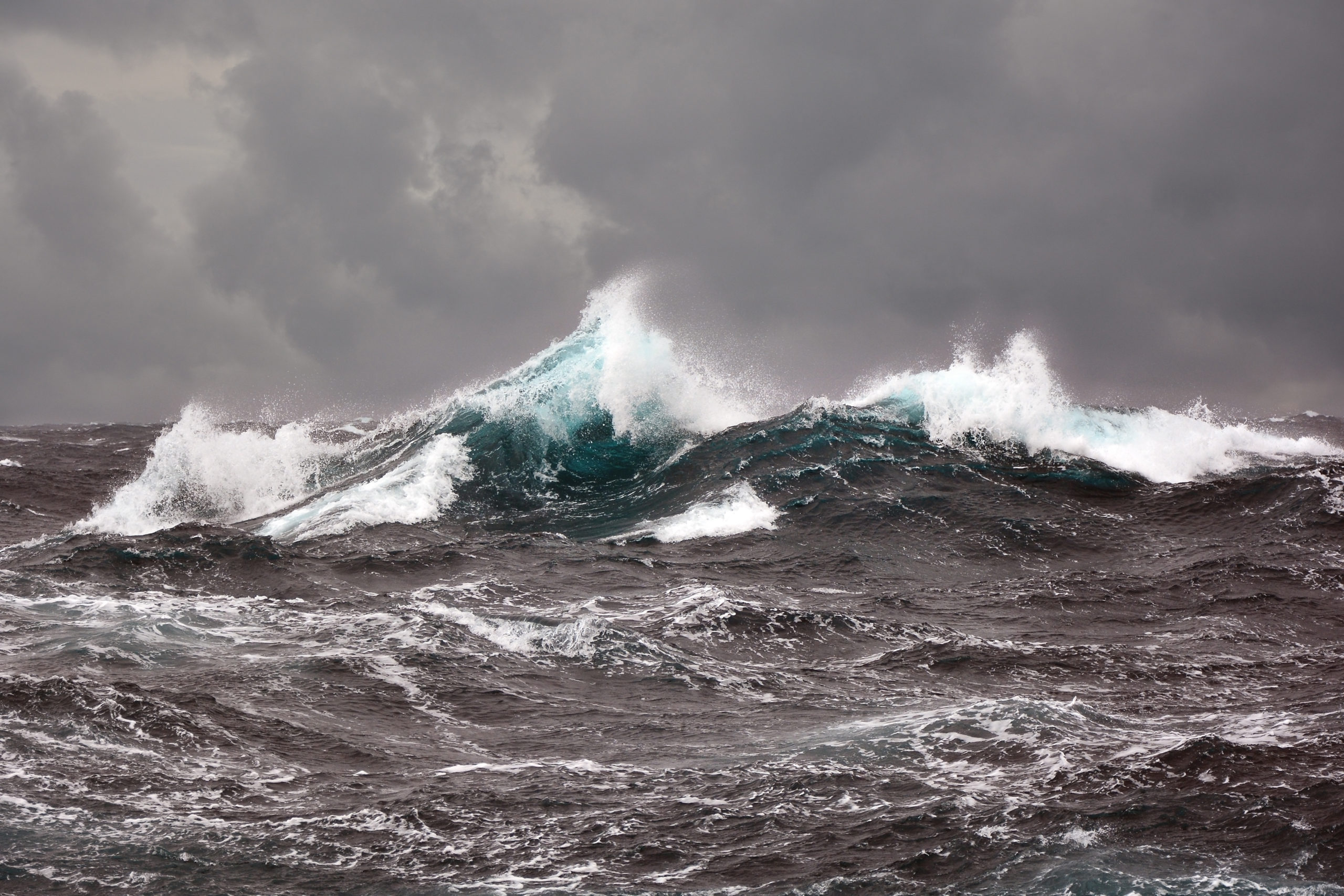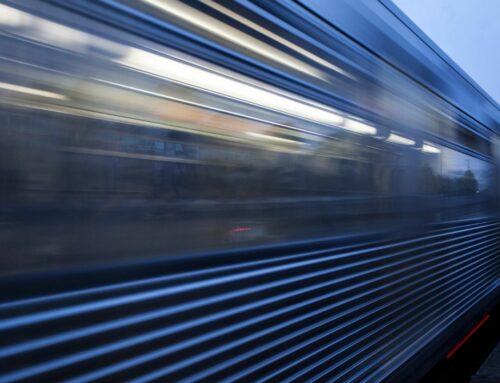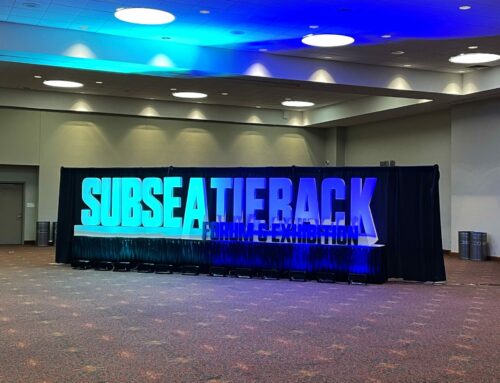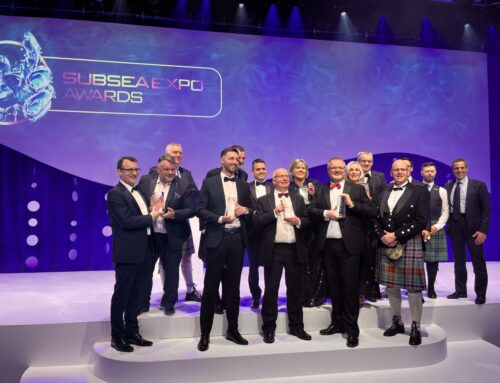BLOG: An Overview of Subsea Systems & Subsea Electrical Cables
December 7, 2020
It is an old adage that electricity and water don’t mix. You wouldn’t want to be standing in a puddle holding a live wire. Why is this? Because water is generally an excellent conductor of electricity and those electrically charged ions are looking for somewhere to land. A human body is a good place, unfortunately.
Nothing has changed in the physics of this statement – except in the rare case of deionised pure water – since it was first suggested, but there are an increasing number of industrial instances where it has become necessary for electrical cables, connection points and electrically-powered machinery to either be in close proximity to water or, in the case of the offshore oil and gas industry, be totally submerged.
The first and most obvious application of electricity in water is the underwater power cable, a very common piece of equipment in almost every country in the world and similarly in most offshore sectors. The ones associated with power transmission for domestic and industrial uses are normally very large, very long (hundreds of kilometres) and can be rated to carry more than 500kV (kilo-volts).
Offshore Power
The use of high-power cables for crossing large bodies of water has increased exponentially in recent times with the advent of power sharing across long distances and international borders and the desire to reduce greenhouse gas (GHG) emissions. In Norway, for example, many in its large portfolio of offshore platforms are now fed power from shore to reduce or eliminate the use of diesel generators, a key source of GHG. This is highly desirable because more than 95% of the electricity generated in Norway is done via hydroelectric plants that are fed by reservoirs which themselves are fed by the high rainfall there.
This also makes Norway a desirable partner for power sharing. There are two major power sharing projects underway between the Scandinavian powerhouse and Germany (Nordlink) and the UK (North Sea Link).
The UK has also become a desirable partner for power sharing with the advent of large-scale offshore wind farms located in British waters. There has been a power link between the mainland and Northern Ireland for many years with others being suggested, now being fed by clean offshore wind power. All of this power generated by wind turbines has to come back to land to feed into the national grid.
Powering Subsea Production Systems
The other significant application of power underwater is for subsea production systems. All subsea systems – equipment located on the seabed producing oil and gas without any regular direct human intervention – are provided with some level of power. In the last two decades this has increased tremendously with the advent of subsea processing, with companies now doing more with the product (oil and gas) than simply transporting them to another site.
While there had been a number of projects around the world that had used subsea pumps, this began in a big way at the beginning of this century with a project in Norway, dubbed Troll Pilot, which was designed to reduce the amount of water produced with oil being transported back to its processing platform. This was followed by many projects using pumps, subsea separation and subsea gas compressors.
All of these types of machines and systems require a significant amount of power which is transmitted either in dedicated power cables or in combination with control signals in what is called an ‘umbilical’. Every cable has to link up with a main connection point which then distributes the power to the different parts of the system through shorter lengths of cable. Every single connection, made using specially designed connectors, is a potential leak point for water ingress which could cause a system failure.
Subsea Monitoring Systems
These cables – whether bringing power from offshore wind farms or from other countries – and umbilicals are designed and manufactured to be protected from the sort of problems that causes failures, but they happen on a regular basis, the result of accidents and operational wear. Fishing boats, particularly those called trawlers which pull nets on the seabed, are often cited as the culprits in damaged seabed cables. They can pull off the outside covering on the cables and umbilicals which allows water inside and reduces the ability of the cables to provide power and/or signals.
Viper Innovations specialises in technical solutions and products that monitor the integrity of subsea cables and umbilicals, and also provide proprietary solutions that can be used to locate any failure in what can be a very complex electrical distribution network. The core technology monitors the integrity of the cable insulation and therefore, directly, the water ingress through the electrical insulation materials and barriers. Implementation of this technology is in two products, the V-LIM and the V-SLIM. The V-LIM is located at the ‘dry’ end of the cable – either onshore or on the offshore platform. It is connected to the cable in the same way as a normal insulation monitoring device (IMD) but provides significant additional functionality and features to any other product on the market. The V-SLIM is an electronic module designed to be incorporated into the subsea cable network in depths of up to 3000m. The V-SLIM has the unique capability of being able to directionally detect where the cable(s) is/are failing. Both the V-SLIM and V-LIM not only provide unique monitoring and fault location capability, but can also have the ‘V-LIFE’ functionality activated. V-LIFE is a patented technique for creating a water blocking precipitate at points where there is water ingress through the insulation material. The V-LIM/V-SLIM/V-LIFE technologies have had transformational impacts on the availability of subsea cables and have saved clients significant sums of money by providing a cost-effective alternative to fault finding and replacement of seabed failing cables.




